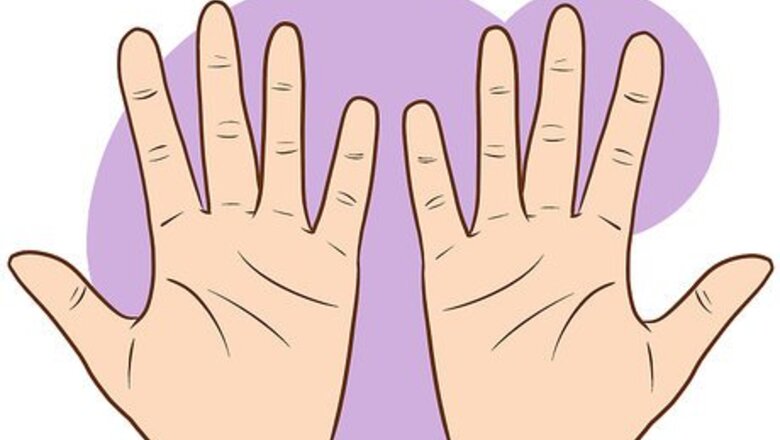
views
Intro to Palm Reading
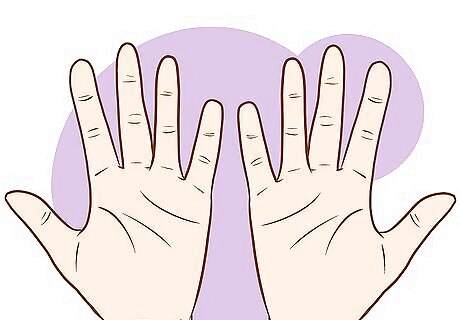
Choose a hand. In palmistry, it is thought that: For women, the right hand is what you're born with, and left is what you've accumulated throughout your life. For men, it is the other way around. The left hand is what you're born with, and the right is what you've accumulated throughout your life. That being said, you can also choose whichever hand is dominant to be your present/past life hand (the non-dominant hand would then be your future life hand). There are different schools of thought on the matter. Some say the left-hand show's potential and what could be -- not necessarily what will be. And a difference in the hands could mean one is or is about to take action when it comes to their lives, changing it.
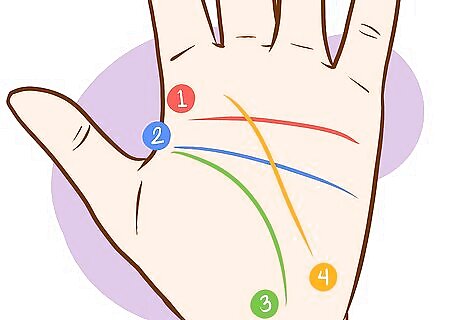
Identify the four major lines. There may be breaks in them, or they may be short, but at least three of them are there. (1) The heart line (2) The headline (3) The lifeline (4) The fate line (only some people have this).
Reading the Heart Line
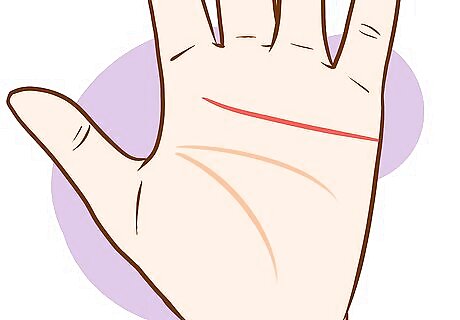
The heart line indicates emotional stability, romantic perspectives, depression, and cardiac health. This line can be read in either direction (from the pinkie finger to the index finger or vice versa), depending on the tradition followed. The basic interpretations are as follows: Begins below the index finger - content with love lifeRead Palms Step 3Bullet1.jpg Begins below the middle finger - selfish when it comes to loveRead Palms Step 3Bullet2.jpg Begins in the middle - falls in love easilyRead Palms Step 3Bullet3.jpg Straight and short - less interest in romanceRead Palms Step 3Bullet4.jpg Touches life line - heart is broken easilyRead Palms Step 3Bullet5.jpg Long and curvy - freely expresses emotions and feelingsRead Palms Step 3Bullet6.jpg Straight and parallel to the head line - good handle on emotionsRead Palms Step 3Bullet7.jpg Wavy - many relationships and lovers, absence of serious relationshipsRead Palms Step 3Bullet8.jpg Circle on the line - sadness or depressionRead Palms Step 3Bullet9.jpg Broken line - emotional traumaRead Palms Step 3Bullet10.jpg Smaller lines crossing through heart line - emotional traumaRead Palms Step 3Bullet11.jpg
Interpreting the Head Line
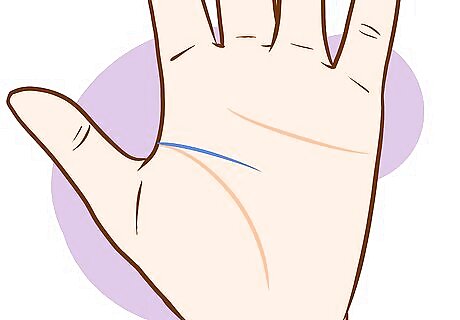
The head line represents a person's learning style, communication approach, intellectualism, and thirst for knowledge. A curved line is associated with creativity and spontaneity, while a straight line is linked with practicality and a structured approach. The basic interpretations are as follows: Short line - prefers physical achievements over mental onesRead Palms Step 4Bullet1.jpg Curved, sloping line - creativityRead Palms Step 4Bullet2.jpg Separated from life line - adventure, enthusiasm for life Read Palms Step 4Bullet3.jpg Wavy line - short attention spanRead Palms Step 4Bullet4.jpg Deep, long line - thinking is clear and focusedRead Palms Step 4Bullet5.jpg Straight line - thinks realisticallyRead Palms Step 4Bullet6.jpg Donuts or cross in head line - emotional crisisRead Palms Step 4Bullet7.jpg Broken head line - inconsistencies in thoughtRead Palms Step 4Bullet8.jpg Multiple crosses through head line - momentous decisions.Read Palms Step 4Bullet9.jpg
Evaluating the Lifeline
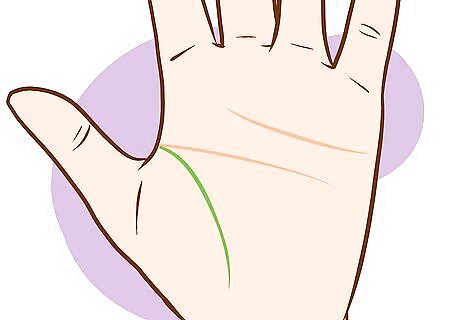
The lifeline reflects physical health, general well-being, and major life changes. For example, it can reflect cataclysmic events, physical injuries, and relocation. This begins near the thumb and travels in an arc toward the wrist. Its length is not associated with length of life. The basic interpretations are as follows: Runs close to thumb - often tiredRead Palms Step 5Bullet1.jpg Curvy - plenty of energyRead Palms Step 5Bullet2.jpg Long, deep - vitalityRead Palms Step 5Bullet3.jpg Short and shallow - manipulated by othersRead Palms Step 5Bullet4.jpg Swoops around in a semicircle - strength, and enthusiasmRead Palms Step 5Bullet5.jpg Straight and close to the edge of the palm - cautious when it comes to relationshipsRead Palms Step 5Bullet6 Version 2.jpg Multiple life lines - extra vitalityRead Palms Step 5Bullet7.jpg Circle in line indicates - hospitalized or injuredRead Palms Step 5Bullet8.jpg Break - sudden change in lifestyleRead Palms Step 5Bullet9.jpg
Reading the Fate Line
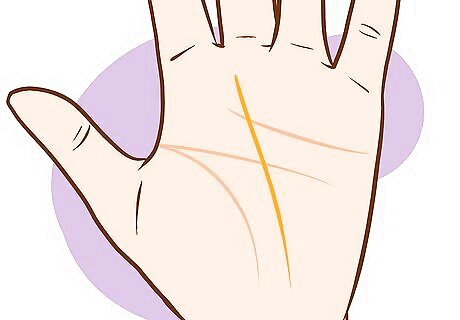
The fate line is also known as the line of destiny. It indicates the degree to which a person's life is affected by external circumstances beyond their control. This line begins at the base of the palm. The basic interpretations are as follows: Deep line - strongly controlled by fateRead Palms Step 6Bullet1.jpg Breaks and changes of direction - prone to many changes in life from external forcesRead Palms Step 6Bullet2.jpg Starts joined to life line - self-made individual; develops aspirations early onRead Palms Step 6Bullet3.jpg Joins with the lifeline around in the middle - signifies a point at which one's interests must be surrendered to those of othersRead Palms Step 6Bullet4.jpg Starts at the base of the thumb and crosses lifeline - support offered by family and friends.Read Palms Step 6Bullet5.jpg
Interpreting the Hands, Fingers, Etc.
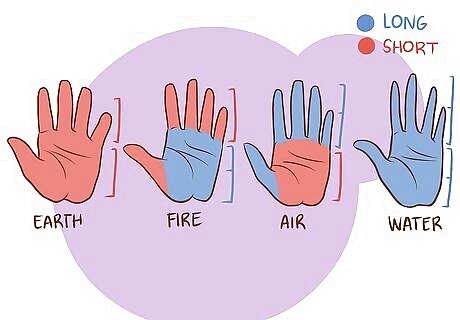
Determine the hand shape. Each hand shape is associated with certain elements and character traits. The palm length is measured from the wrist to the bottom of the fingers. The basic interpretations are as follows: Earth Hands - broad, square palms and fingers, thick or coarse skin, and ruddy color; length of the palm equals the length of fingers Solid values and energy, sometimes stubborn Practical and responsible, sometimes materialistic Work with their hands, comfortable with the tangible Air Hands - square or rectangular palms with long fingers and sometimes protruding knuckles, low-set thumbs, and dry skin; length of the palm less than the length of fingers Sociable, talkative and witty Can be shallow, spiteful and cold Comfortable with the mental and the intangible Does things in different and radical ways Water Hands - long, sometimes oval-shaped palm, with long, flexible, conical fingers; length of the palm equals the length of fingers but is less than the width across the widest part of the palm. Creative, perceptive and sympathetic Can be moody, emotional and inhibited Introverts Do things quietly and intuitively. Fire Hands - square or rectangular palm, flushed or pink skin, and shorter fingers; length of the palm is greater than the length of fingers Spontaneous, enthusiastic and optimistic Sometimes egoistic, impulsive and insensitive Extroverts Do things boldly and instinctively.
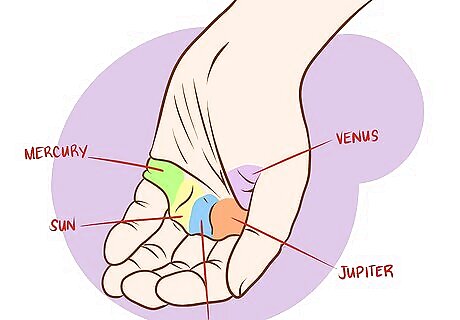
Look at the mounts. That's what the fleshy bit below your fingers are called, on the opposite side of your knuckle. To make them visible, cup your hand just a bit. Which one is the largest? A high Venus mount (the one under your thumb) indicates a predisposition for hedonism, promiscuity, and the need for instant gratification. A non-existent Venus mount indicates little interest in family matters. The mount under your index finger is called the Jupiter mount. If this is well-developed, it means you are dominant, possibly self-centered, and aggressive. A lack of one means you lack confidence. Under your middle finger is the Saturn mount. A high mount shows you're stubborn, cynical, and prone to depression. If it is low, it's an indicator of superficiality and disorganization. The Sun mount is under your ring finger. You're quick-tempered, extravagant, and prideful if you have a high Sun mount. A low Sun mount means you lack imagination. The Mercury mount is under your pinkie. If it's protruding, you talk too much. A low mount means the opposite -- you're shy. None of this is based on science, and hands are known to change throughout time, so don't take this information too seriously.
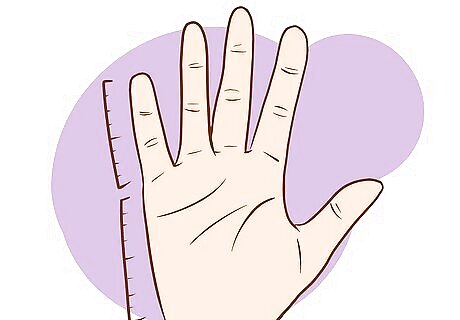
Examine the hand and finger size. Relative to the size of the body, some say that small hands are active and don't dwell on thinking about what to do. Large hands are on those who are contemplative and slow to action. Remember, this is relative to the body. If you're 8 feet (2.4 m) tall (2.4 m), you're going to have bigger hands than a 4-year-old. It's all proportional. What're more, long fingers may be an indicator of anxiety, in addition to being well-mannered, good-looking, and delicate. Short fingers are found on impatient, highly sexed, and creative. Long fingernails, on the other hand, mean you're kind and a good secret keeper. Short fingernails mean you're critical and sarcastic. If they're almond-shaped, you're sweet and diplomatic.










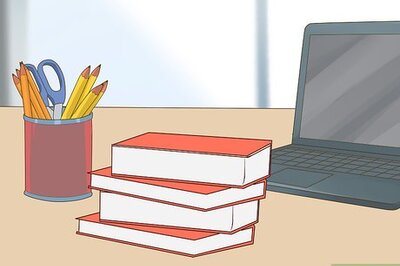



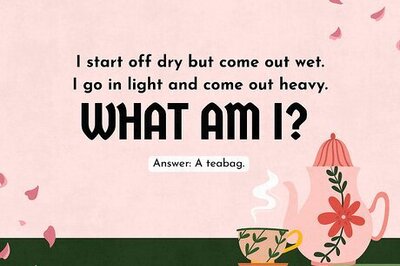

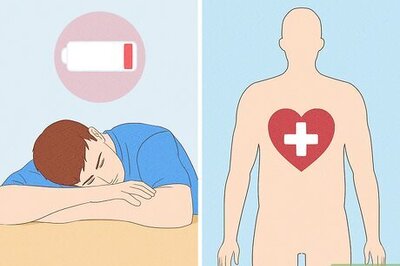


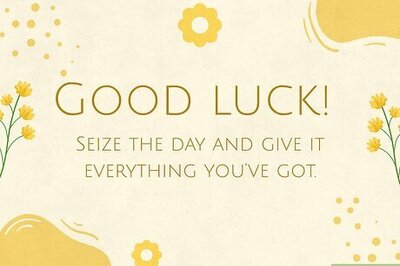
Comments
0 comment